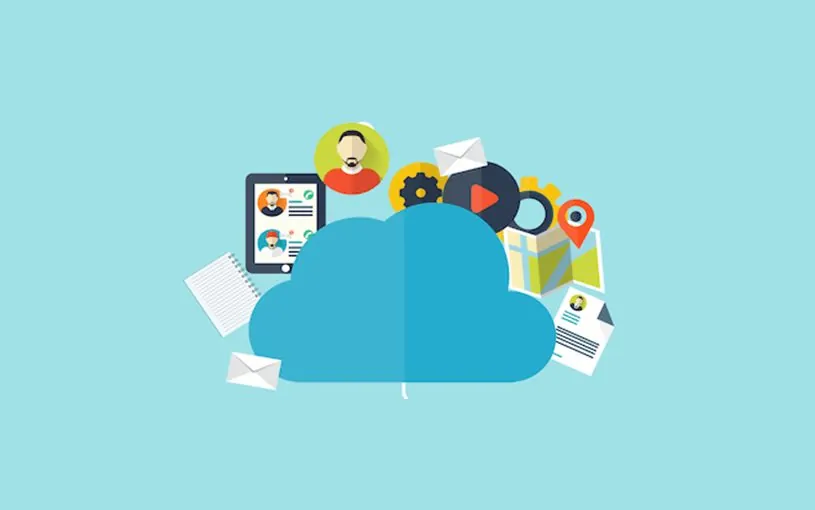Ignoring user security concerns can be risky in the digital world. It goes beyond trust issues and may lead to losing your audience. Secure websites keep visitors happy and coming back.
Table of Contents
The Impact of Ignoring User Security Concerns
Neglecting user security concerns can seriously harm trust, data and user experience. A security breach can hurt a business in three ways:
- Loss of customer trust: Users become wary when their data is compromised. This loss of trust translates to decreased loyalty as customers question the safety of their information on the platform.
- Damage to brand reputation: A security breach damages a brand’s standing. The average cost of global data breaches is around $4.45 million per occurrence in 2023, a 15% increase over three years. The negative publicity and perception of insecurity can stain the brand’s reputation, making it challenging to regain consumer trust.
- Decreased user engagement: Security concerns prompt users to disengage from the platform, resulting in lower website traffic and user activity levels. This affects the immediate user base and hampers the potential for attracting new users.
Learn more about a few notable examples of security breaches.
The Ashley Madison Hack
During the Ashley Madison hack in 2015, a group of hackers gained unauthorized access to the site’s database, exposing the personal information of about 37.6 million users actively seeking discreet relationships. This breach revealed names and email addresses and included sensitive details, causing a widespread loss of trust.
The hackers demanded the site’s closure. As a result, the compromised user data led to a substantial decline in the platform’s user base.
The Equifax Data Breach
In 2017, there was a massive incident where hackers exploited vulnerabilities to access the sensitive information of nearly 147 million individuals, including their names, Social Security numbers, birthdates and more.
The consequences were severe, leading to identified theft risks, financial losses and an erosion of trust. Equifax faced legal repercussions and had to implement extensive security improvements, highlighting substantial fallout from such breaches.
Key Website Cybersecurity Practices Valued by Users
Ensuring robust cybersecurity practices is vital in building user confidence and trust. In addition to following crucial security practices, good communication with users can help determine which additional measures to implement.
Conducting customer satisfaction and effort surveys can provide a good indication of whether users are satisfied with site security practices. Similarly, with more than four billion people online per day, social media can provide real-time feedback through monitoring. Regularly adapting site security measures to user feedback creates a positive customer experience and a secure online environment.
Here are some of the most important security practices to implement.
Regular Software Updates and Patches
WordPress runs nearly half of all websites on the internet — a staggering 45.8%. Since July 2023, over 300,000 WordPress web pages have faced cyber attacks.
Keep your WordPress core, themes and plugins updated to make sure your site has the latest security patches, safeguarding against potential threats. Enabling automatic updates simplifies the process. It ensures your website consistently gets the newest security enhancements without manual effort, reducing the risk of delays or oversights.
Obtain an SSL Certificate
SSL/TLS encryption safeguards data during transmission. An SSL certificate is crucial for WordPress sites as it encrypts data, assuring users that their information is protected. It boosts trust and is a ranking factor for search engines.
For WordPress sites, obtain an SSL certificate, enable HTTPS, update internal links and ensure mixed content is resolved.
Regular Backups and Disaster Recovery Plans
Backups shield your site’s data from accidents, cyber threats or technical issues. Regular backups mean less downtime — you can quickly restore your site if anything goes wrong.
Here are some backup tips:
- Automate: Use tools that automate backups to avoid forgetting.
- Offsite storage: Keep backups offsite to guard against on-site issues.
- Test recovery: Ensure your backups work by testing the restoration process.
- Document procedures: Have clear steps documented for easy reference during emergencies.
Implementing a Solid Firewall and Security Plugin
Regularly update the security plugin to stay effective against evolving threats. Phishing topped the list as the most successful cyber threat in 2021, causing 90% of data breaches. In 2022, organizations worldwide detected a staggering 493 million ransomware attacks.
Adjust settings to fit your site’s needs, tweaking firewall rules and scan frequencies. Set up alerts for suspicious activity to stay informed about potential security issues. Consider the plugin’s impact on site performance and optimize settings accordingly.
Strong User Authentication and Password Policies
For more than a decade, weak password management has been the leading cause of data breaches, with one million passwords being stolen weekly. Encourage users to choose strong, unique passwords. Add an extra layer of security with two-factor authentication (2FA).
Here are some login security tips for WordPress:
- Unique usernames: Suggest uncommon usernames for added security.
- Limit login attempts: Prevent brute-force attacks by restricting login attempts.
- Update user roles: Regularly review and adjust user roles for proper access.
- Secure login page: Customize the login page or use security plugins to deter potential threats.
These practices strengthen user authentication and protect your site from unauthorized access.
Enhancing User Trust and Engagement
Enhancing user trust and engagement involves various strategies:
- Communicating commitment to security: This involves transparently sharing privacy policies and terms of service while displaying trust seals and security badges for added confidence.
- Educating users on security best practices: Publish blog sports or articles on website security and user awareness. Provide resources and guides on safe online behavior.
- Transparent communication in security incidents: In case of a security incident, maintain prompt and transparent communication. This includes developing a breach response plan, swift notification and assistance for affected users.
Collectively, these steps contribute to creating a secure and trustworthy online environment.
The Importance of User Security Concerns
Neglecting user security concerns poses a significant risk, potentially leading to the loss of your audience. In the digital world, addressing these is crucial for long-term success.





